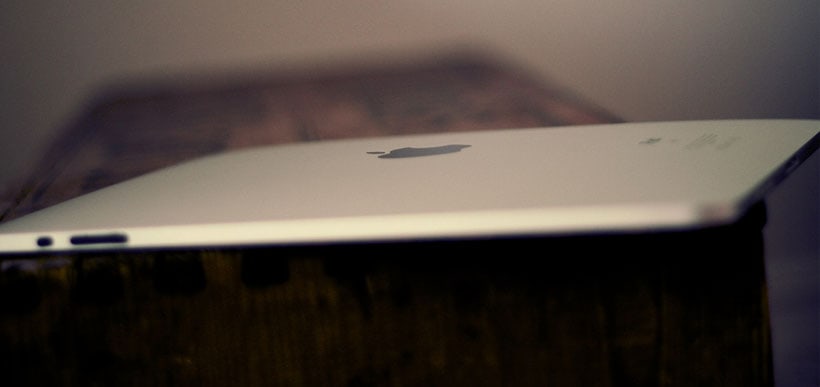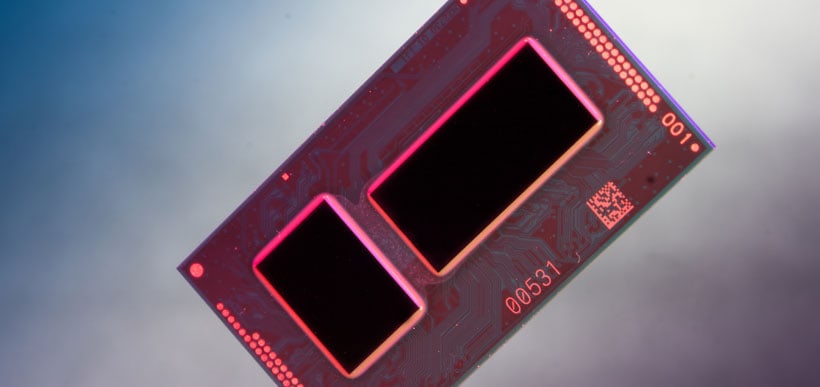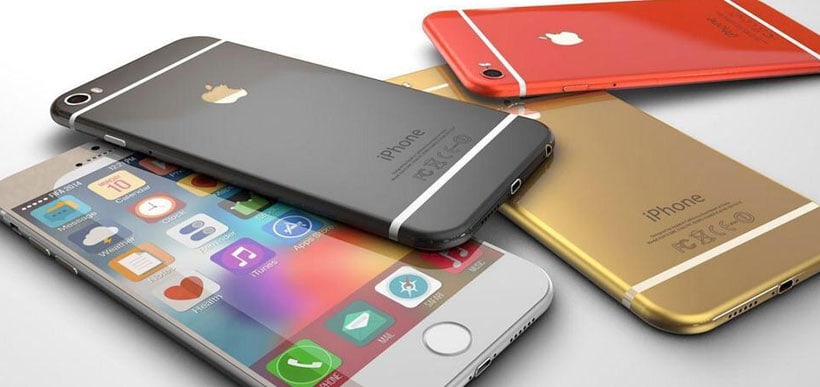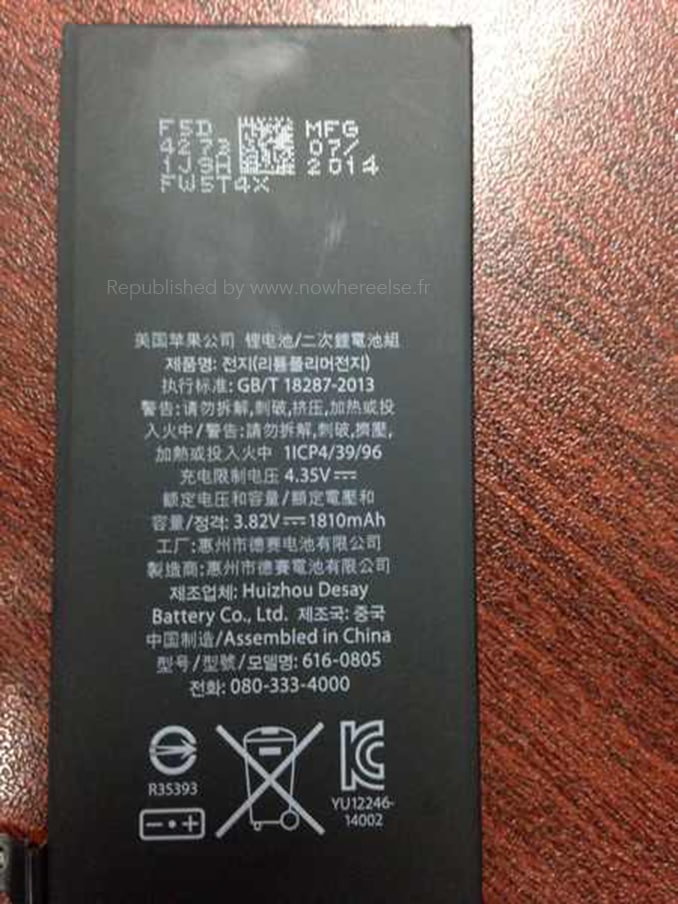According to a new report out of China, the highly anticipated iPhone 6 has reached the final testing stage before entering mass production. According to the report the device has entered what’s called a Product Validation Test (PVT). It is used for final quality assurance testing. If the device fails, the production line can be altered to fix the issue. If the device passes, mass production can begin. Apple is expected to announce the iPhone 6 at a media event on September 9th.
This report contradicts an earlier rumor that said the 4.7-inch model would be going into production in July. That rumor, frankly, makes much more sense, given the small amount of time between now and the expected launch of the device. It’s possible, however, that this new report refers to the 5.5-inch model, which has been rumored to be facing production delays due to battery and screen problems.
The iPhone 6 is expected to come in two different sizes, 4.7-inch and 5.5-inch. This will be the first time that the iPhone maker has released an iPhone bigger than 4-inches. The device is also expected to come with a fresh design, similar to the iPod Touch, as well as improved battery life and faster processors. As is usual during the pre-iPhone hype-fest, there have been hundreds of rumors leading up to the event in September.
In addition, the iPhone 6 will come with iOS 8, which is one of the most anticipated updates to the iPhone OS to date. It comes equipped with extensions (which will allow app-to-app communication), Continuity (for continuous-client between Mac and iOS), as well as many other long-sought after additions.
Also, as usual, Apple is staying mum on the subject, declining to comment on any rumor or speculation.
Looking Forward
The rumors themselves may or may not be true, hence the word rumor. However, looking at the rumors gives us an idea of what exactly Apple will announce when Tim Cook steps on stage September 9th. It seems fairly certain now, given the velocity of rumors that we will at least see a 4.7-inch iPhone 6. The larger screened phone, 5.5-inches, is much less certain. It seems probable that Apple has an iPhone that has that screen size, however, there haven’t been as many hardware leaks for it as there have been the 4.7” device.
Some rumors have pointed to the 5.5-inch iPhone 6 being delayed until later in 2014 or early 2015. As is almost always the case, rumors of any caliber should be taken with the proverbial grain of salt.





